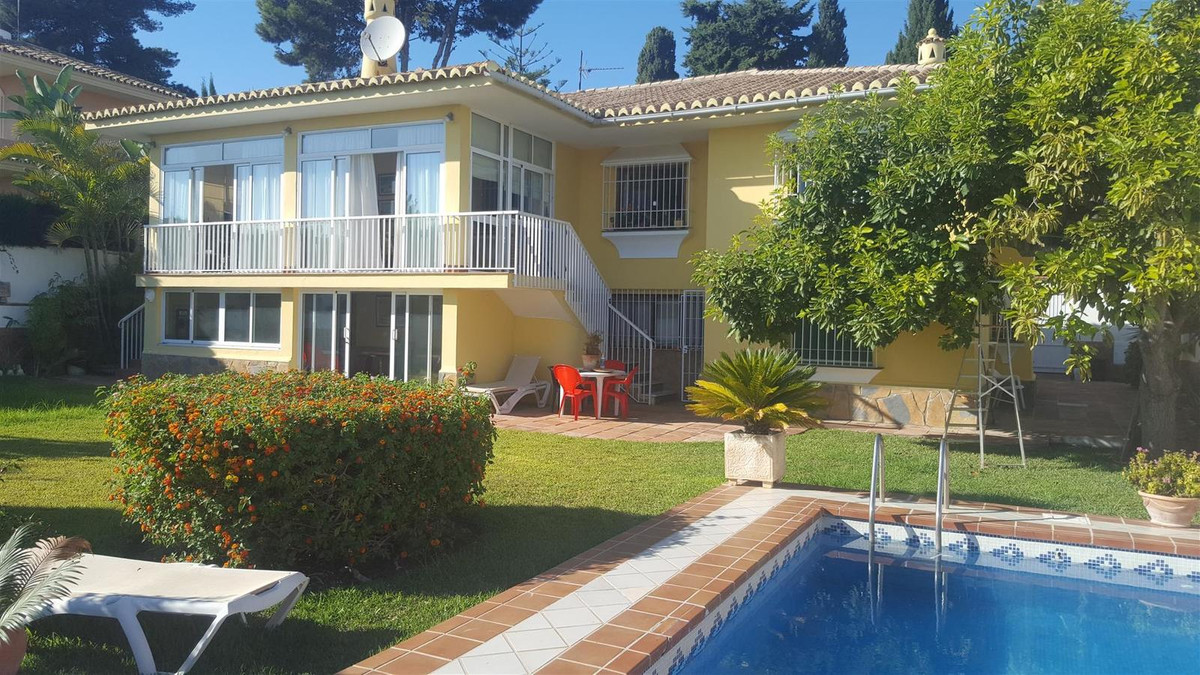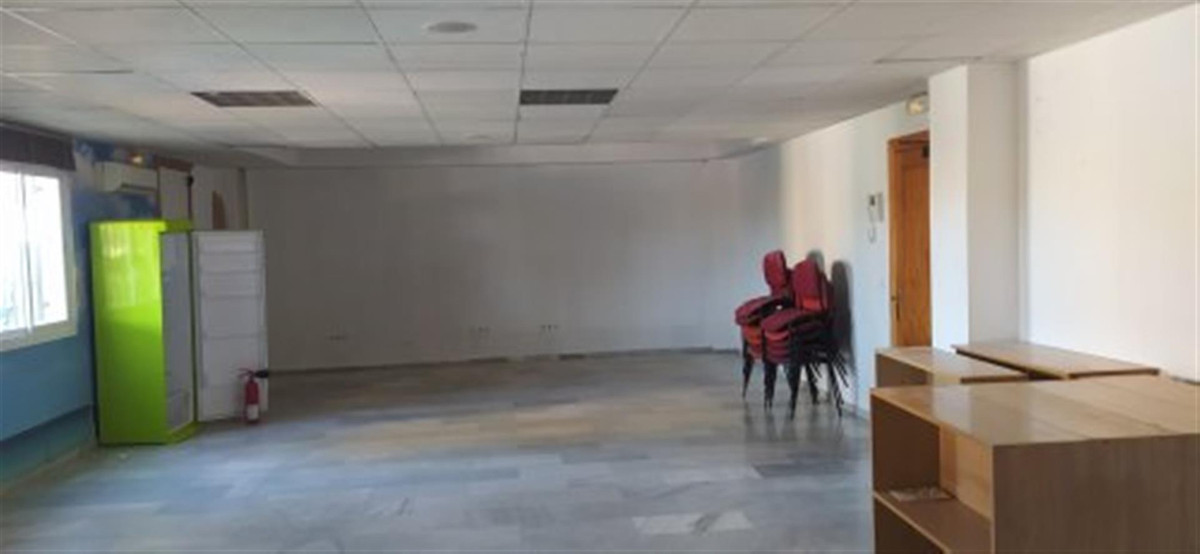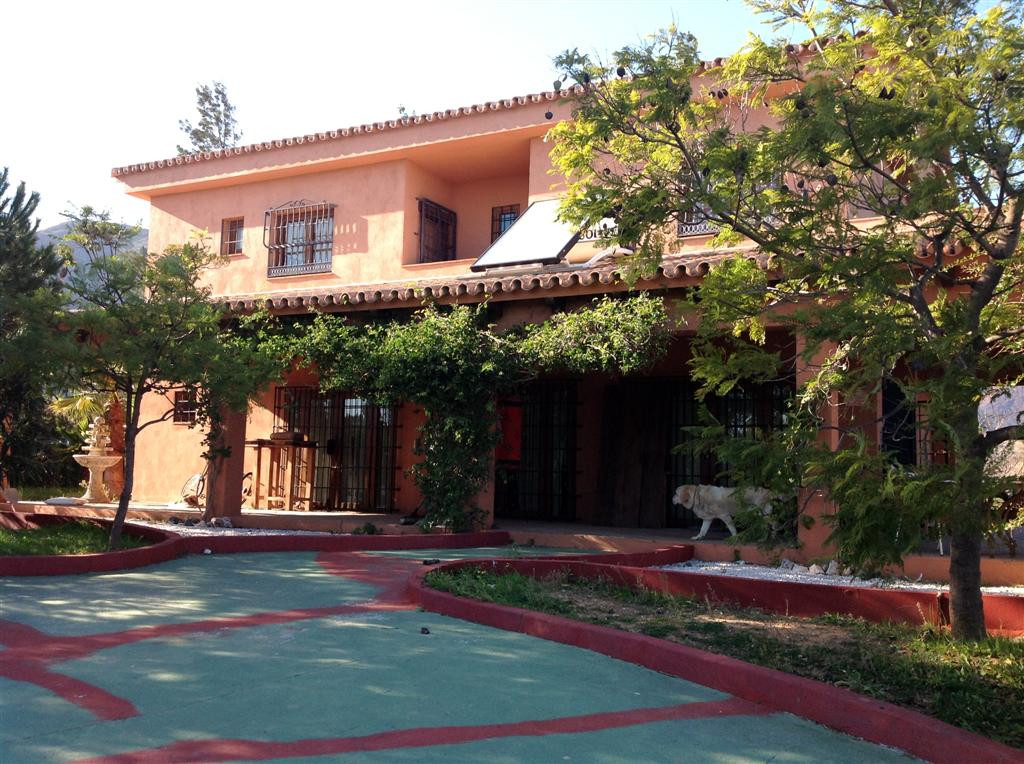About Spain
To learn more about the country Spain read below where you will find information and interesting facts about Spain. If you are looking for information on a particular area of Spain that is not included on this page please let us know and we will do our best to find and add this information.

Andalusia
Andalusia consists of about 90,000 km2 of Spanish territory. It is the largest single region and bigger than both Belgium and Holland. About fifty per cent of this region is mountainous with a third of it standing above 600 metres. There are 46 peaks that are above 1000 metres. Andalusia's main river is the Guadalquivir which in Arabic, means "Great River". It begins at the Sierra de Cazorla in eastern Andalusia and crosses to its outlet in the sea in the west. It flows 602 km, roughly southwest to Sanlúcar de Barrameda where it empties into the Gulf of Cádiz. Supplied by rainwater in the winter and melting snow from the Sierra Nevada in the summer the river provides valuable water for irrigation and hydroelectric purposes.

Valencia
This Autonomous Community of Valencia is a prototypical example of the "Mediterranean Spain", with a fantastic climate and more than 500 kilometers of coast. It is decidedly one of the countrys most touristical areas. If you want to discover more than just sun and sand, you will find remains of most remote civilizations, Phoenicians, Greeks, Iberians and Romans. The Moorish legacy is still present in traditional artisany and agriculture with its praised oranges as well as rice. The conquests of Jaime de Aragón led to the foundation of the kingdom of Valencia, more or less at the territiory of todays Community.

Cataluna
Best known apart from the capital, Barcelona, is of course the Mediterranean coast, Costa Brava, with ample beaches and mild climate, doubtlessly a first rate touristical attraction. One shouldnt forget anyhow that Catalonia offers as well high mountain ranges, the Pyrenees in the north, the curious formations of Montserrat, the inactive volcanos of Garrotxa, and a wide plain area in the regions center.
Catalonia has a very marked culture of its own, most evidently of Mediterranean tradition, and is distinguished of most other Spanish regions in several aspects, not at least by its language, Catalonian (although everybody speaks and understands Castilian Spanish perfectly). Certainly it is one of the most cosmopolitan places in Spain, thanks to its long tradition of international commerce.

Balearic Islands
The Balearic Islands consists of Mallorca, Menorca, Ibiza, Formentera and Cabrera. Their excellent climate with some 300 days of sun per year, wonderful beaches, a rich cultural offer and the unusual hospitality of their inhabitants make the Balearic Islands one of the preferred holiday destinations in Spain. There are more passengers going through the airport of Palma de Mallorca than at the airport of any other Spanish city. Hardly anybody who has spent holidays here didnt wish to return, in fact, many visitors have made the islands their permanent home. Each of the islands has a strong personality all of its own, and each of them offers much more than just the possibility to spend nice holidays at the beach.

Castilla Leon
The autonomous region of Castilla y Leon is to the east of Madrid, it is situated in north-western Spain and is humid and green, it is the largest region not only in Spain but in the whole of Europe. The Kingdom of Castilla - meaning "Land of Castles", occupied the eastern half of the actual region of Castilla y León, and the neighbouring regions of Cantabria, La Rioja, Madrid and part of Castilla-la Mancha. It conserved a close relation with León until their definitive union, during the year 1230.
It has its own culture and peculiar identity. Its glorious past, full of traditions and legends has left thousands of traces in every corner and village.

Galicia
Galicia posesses a very wide coastal line bathed by the Bay of Biscay and the Atlantic Ocean. It is comprised of the provinces of A Coruña, Lugo, Ourense, and Pontevedra. It is known as the land of a thousand rivers. Galicia is a mosaic of landscapes decended from its long history, during which men and women have deeply transformed the space around them. In fact human activity has been intense for at least three thousand years in this region, seeing the results one can appreciate the incredible range of existing landscapes and a variety of natural places of interest.





